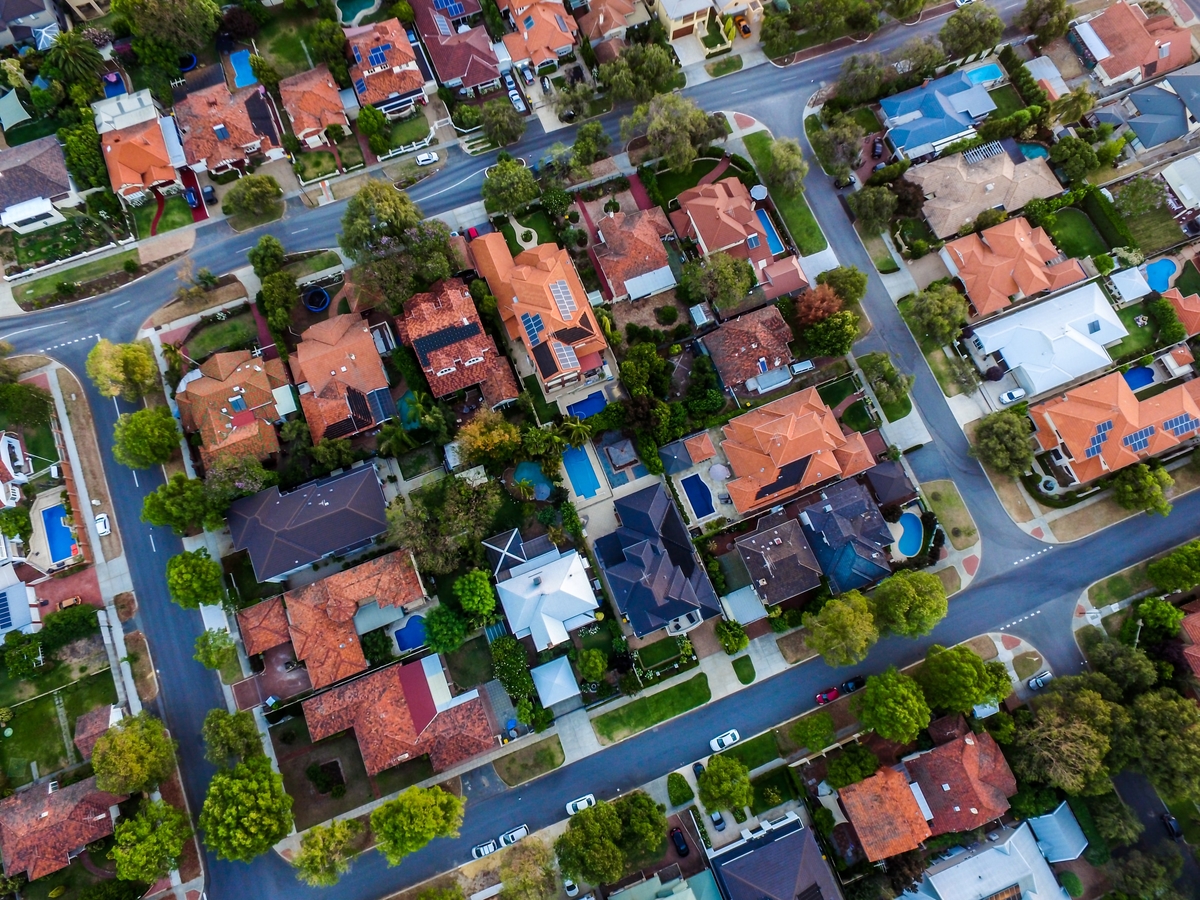Housing Starts Down in July on Supply Chain Challenges

Supply chain and labor challenges helped to push overall housing starts down 7.0% percent to a seasonally adjusted annual rate of 1.53 million units, according to a report from the U.S. Department of Housing and Urban Development and the U.S. Census Bureau.
The July reading of 1.53 million starts is the number of housing units builders would begin if development kept this pace for the next 12 months. Within this overall number, single-family starts decreased 4.5% to a 1.11 million seasonally adjusted annual rate. The multifamily sector, which includes apartment buildings and condos, decreased 13.1% to a 423,000 pace.
“The latest starts numbers reflect declining builder sentiment as they continue to grapple with high building material prices, production bottlenecks and labor shortages,” said NAHB Chairman Chuck Fowke. “Policymakers need to prioritize the U.S. supply chain for items like building materials to ensure builders can add additional inventory the housing market desperately needs.”
“The decline in single-family permits indicates that builders are slowing construction activity as costs rise,” said Danushka Nanayakkara-Skillington, NAHB assistant vice president for forecasting and analysis. “Starts began the year on a strong footing but in recent months some projects have been forced to pause due to both the availability and costs of materials.”
On a regional and year-to-date basis (January through July of 2021 compared to that same time frame a year ago), combined single-family and multifamily starts are 27.7% higher in the Northeast, 20.8% higher in the Midwest, 18.5% higher in the South and 27.7% higher in the West.
Overall permits increased 2.6% to a 1.64 million unit annualized rate in July. Single-family permits decreased 1.7% to a 1.05 million unit rate. Multifamily permits increased 11.2% to a 587,000 pace.
Looking at regional permit data on a year-to-date basis, permits are 24.9% higher in the Northeast, 23.0% higher in the Midwest, 25.9% higher in the South and 28.2% higher in the West.
Visit Housing Economics on nahb.org for additional housing data.
*Note: All articles have redistributed from NAHBnow.com*
